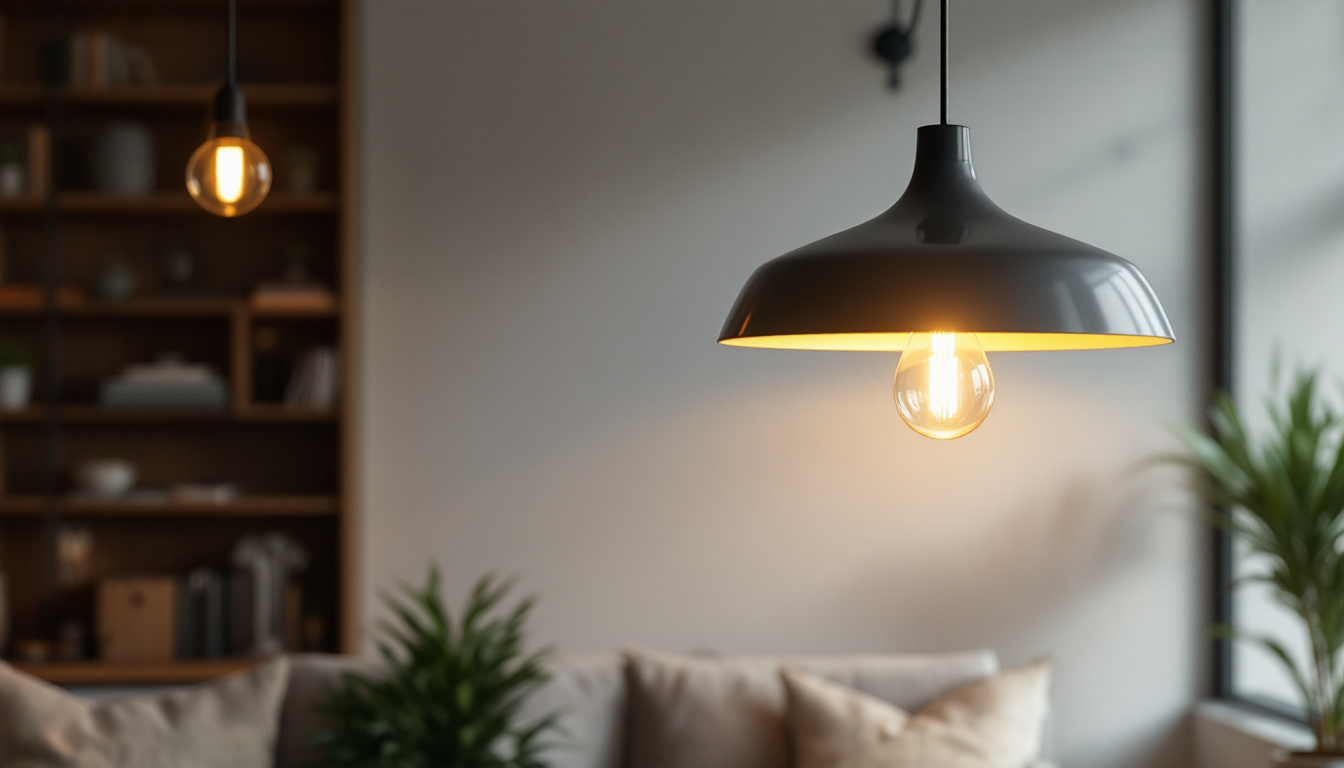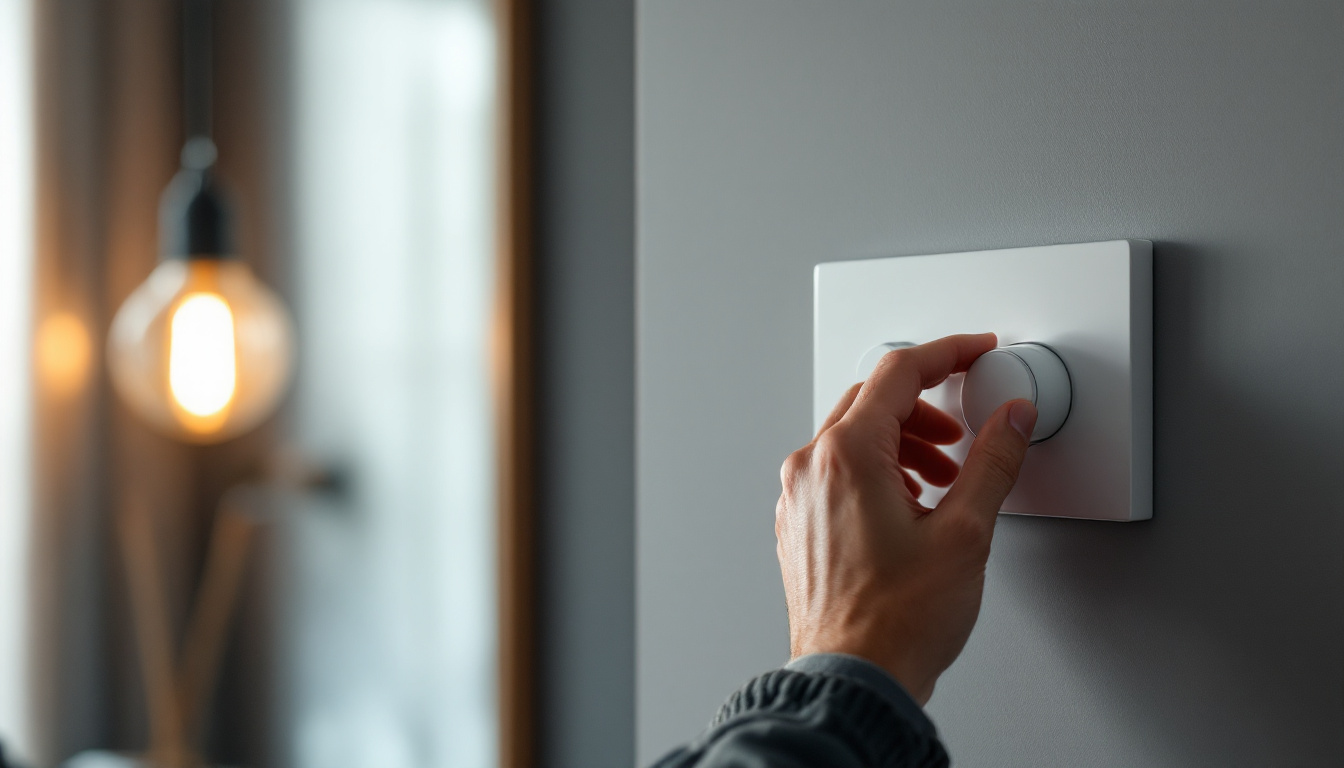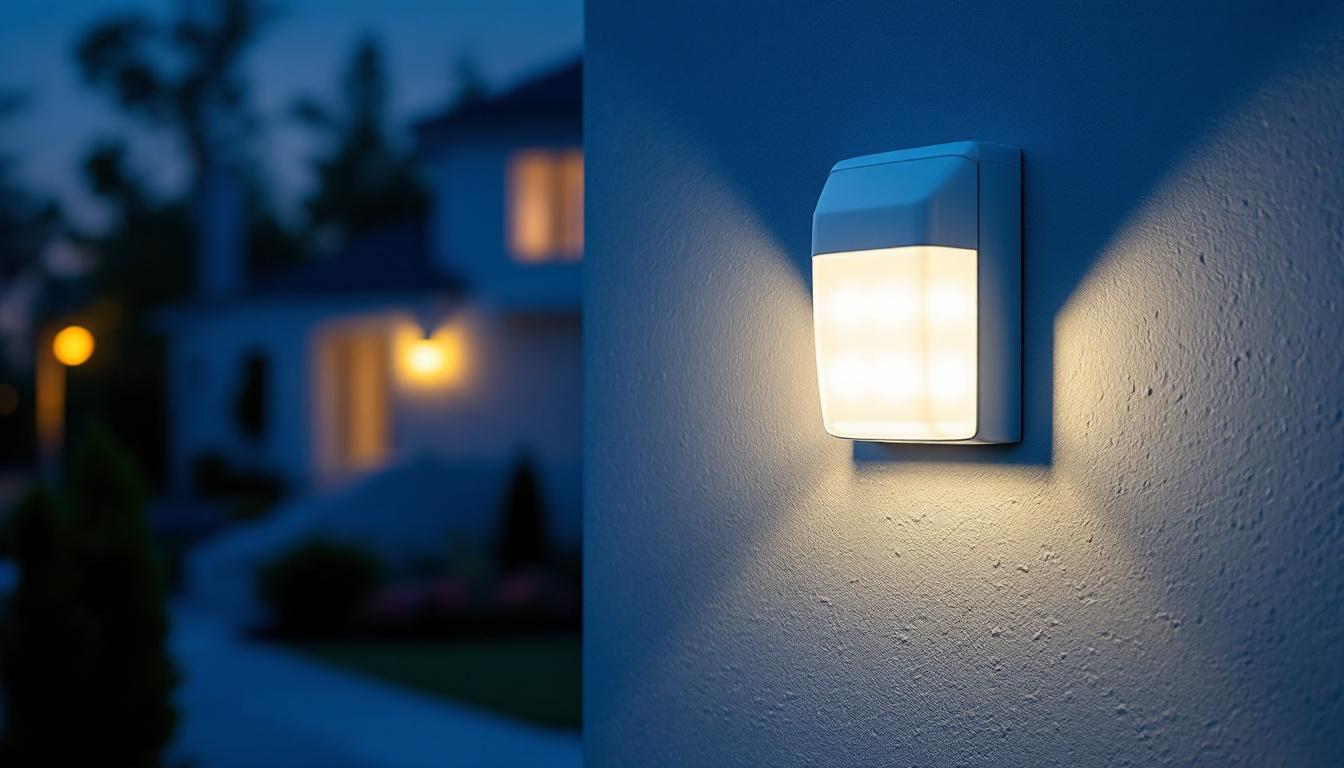
In the world of interior design and lighting, the choice of fixtures can significantly impact the ambiance and functionality of a space. Among the various options available, modern pendant lighting has emerged as a popular choice for both residential and commercial settings. However, lighting contractors often face the dilemma of choosing between modern pendants and alternative lighting solutions. This article delves into the advantages of modern pendants, compares them with alternatives, and provides insights to help lighting contractors make informed decisions.
Modern pendant lights have gained traction due to their versatility, aesthetic appeal, and functionality. They are available in a myriad of styles, shapes, and materials, making them suitable for various design themes.
One of the standout features of modern pendant lighting is its versatility. Whether it’s a sleek, minimalist design or a bold, artistic statement piece, there is a pendant light to complement every interior. From kitchens to dining areas, living rooms, and even commercial spaces, modern pendants can enhance the overall design while providing essential illumination.
Moreover, these fixtures can be used individually or in clusters, allowing for creative arrangements that can transform a space. This adaptability makes them a favorite among designers and contractors alike, as they can cater to the specific needs and preferences of their clients. For instance, a cluster of small pendant lights can create an intimate atmosphere over a dining table, while a single large pendant can serve as a striking focal point in an entryway, drawing the eye and setting the tone for the rest of the home.
Beyond aesthetics, modern pendant lights offer excellent functionality. They can provide focused lighting for tasks, such as reading or cooking, while also contributing to the overall ambient light in a room. Many modern pendants come equipped with adjustable brightness and color temperature options, allowing users to customize the lighting to suit their mood or activity.
Additionally, the directional nature of pendant lighting can help highlight specific areas, such as artwork or architectural features, adding depth and interest to a space. This quality makes them an ideal choice for lighting contractors who aim to create a well-lit and inviting environment. Furthermore, the use of energy-efficient LED technology in many modern pendant designs not only reduces energy consumption but also extends the lifespan of the bulbs, making them a practical choice for environmentally conscious consumers. The combination of style, functionality, and sustainability ensures that modern pendant lights remain a popular choice for both residential and commercial applications.
While modern pendant lights are a popular choice, there are several alternative lighting solutions that contractors should consider. Each option has its own set of advantages and potential drawbacks.
Chandeliers have long been a staple in traditional and formal settings. They can serve as a stunning focal point in a room, often featuring intricate designs and multiple light sources. However, chandeliers may not always fit the modern aesthetic that many clients desire.
For larger spaces, chandeliers can provide ample illumination and create a sense of grandeur. However, they may require more maintenance than modern pendants, and their installation can be more complex. Lighting contractors must assess whether the elegance of a chandelier aligns with the client’s vision and the functional needs of the space. Additionally, the choice of materials—such as crystal, glass, or metal—can significantly influence the overall ambiance, making it crucial for contractors to discuss options that resonate with the client’s style preferences.
Wall sconces are another alternative that can complement modern pendant lighting. These fixtures are mounted on walls and can provide both ambient and task lighting. They are particularly useful in areas where ceiling space is limited or where additional lighting is needed without overwhelming the room.
Wall sconces can enhance the overall design by adding layers of light and creating a warm, inviting atmosphere. However, they may not provide the same level of focused lighting as pendants, making it essential for contractors to consider the specific lighting requirements of the space. Moreover, the versatility of wall sconces allows for creative placement; they can be installed at varying heights or in pairs to frame artwork, mirrors, or architectural features, thereby enhancing the room’s aesthetic appeal while fulfilling functional needs.
Recessed lighting, or can lights, is a popular choice for modern interiors due to its sleek and unobtrusive design. These fixtures are installed into the ceiling, providing a clean look that can seamlessly blend with any decor. Recessed lighting is excellent for creating ambient light and can be used in conjunction with other fixtures, including modern pendants.
However, recessed lighting may lack the visual interest that pendant lights offer. Additionally, careful planning is required to ensure adequate coverage and prevent dark spots in the room. Lighting contractors should weigh the benefits of recessed lighting against the aesthetic appeal of modern pendants when making recommendations to clients. Furthermore, the advent of smart lighting technology allows for dimming and color temperature adjustments, providing even more versatility in how recessed lights can be utilized to enhance the mood of a space throughout the day, adapting to both functional and decorative needs with ease.
When evaluating modern pendant lighting against alternatives, several factors come into play, including aesthetics, functionality, installation, and maintenance. Understanding these differences can help contractors guide their clients toward the best choice for their specific needs.
Modern pendant lights often serve as statement pieces, adding character and style to a space. In contrast, alternatives like recessed lighting and wall sconces may provide a more understated look. For clients seeking to make a design statement, modern pendants are typically the preferred choice.
However, in spaces where a more subtle approach is desired, alternatives may be more suitable. Lighting contractors should engage clients in discussions about their design preferences to ensure the chosen lighting aligns with their vision.
Functionality is a critical consideration when selecting lighting solutions. Modern pendants excel in providing focused lighting for tasks while also contributing to ambient light. In contrast, wall sconces and recessed lighting offer more diffuse illumination, which may not be sufficient for specific tasks.
Contractors should assess the intended use of the space and the specific lighting needs of the client. For example, a kitchen may benefit from the task-oriented lighting of pendants, while a hallway might be adequately served by wall sconces or recessed fixtures.
Installation complexity can vary significantly between modern pendants and their alternatives. While pendants may require careful placement and potentially additional support, alternatives like wall sconces and recessed lighting often have simpler installation processes. However, the maintenance of chandeliers can be more demanding due to their intricate designs.
Lighting contractors should consider the long-term implications of installation and maintenance when recommending lighting solutions. Clients may appreciate the ease of maintenance associated with certain alternatives, while others may prioritize the visual impact of modern pendants.
Ultimately, the decision between modern pendant lighting and alternative solutions should be guided by the specific needs and preferences of the client. Lighting contractors play a crucial role in this process, as they possess the expertise to evaluate the unique characteristics of each space.
Understanding the client’s vision is paramount. Lighting contractors should engage in thorough discussions to uncover their preferences, lifestyle, and functional requirements. Questions such as the intended use of the space, desired ambiance, and design style can provide valuable insights that inform the decision-making process.
Additionally, contractors should consider the existing architecture and design elements of the space. A modern pendant may beautifully complement a contemporary kitchen, while a more traditional chandelier might be better suited for a classic dining room.
Budget constraints are another critical factor in the decision-making process. Modern pendant lighting can vary significantly in price, depending on the design, materials, and brand. Alternatives like wall sconces and recessed lighting may offer more budget-friendly options without sacrificing quality.
Lighting contractors should provide clients with a range of options that align with their budget while still meeting their aesthetic and functional needs. Offering a variety of price points can help clients feel empowered to make informed choices without compromising on their vision.
As design trends evolve, so do lighting solutions. Modern pendant lighting continues to adapt to changing preferences, with new designs emerging regularly. Lighting contractors should stay informed about industry trends and innovations, ensuring they can provide clients with the latest options available.
Incorporating smart lighting technology is also becoming increasingly popular. Modern pendants that integrate smart features can enhance convenience and energy efficiency, appealing to tech-savvy clients. Contractors should consider these trends when discussing lighting solutions with clients, as they can significantly influence the final decision.
Choosing between modern pendant lighting and alternative solutions requires careful consideration of various factors, including aesthetics, functionality, installation, and client preferences. Modern pendants offer a unique blend of style and practicality, making them a popular choice for many spaces. However, alternatives like chandeliers, wall sconces, and recessed lighting can also provide valuable options depending on the specific needs of the project.
Lighting contractors play a vital role in guiding clients through this decision-making process. By assessing client needs, budget considerations, and future trends, contractors can help clients select the lighting solutions that best enhance their spaces. Ultimately, the right choice will not only illuminate a room but also elevate its overall design, creating an inviting and functional environment.
Ready to elevate your lighting projects with the perfect blend of style, functionality, and value? Look no further than LumenWholesale for all your lighting needs. Our extensive selection of spec-grade lighting products is designed to meet the highest industry standards, ensuring you deliver reliable and high-performance lighting solutions to your clients. With unbeatable wholesale prices and the convenience of free shipping on bulk orders, LumenWholesale is your go-to source for premium lighting without the premium price tag. Don’t compromise on quality or affordability—choose Wholesale Lighting at the Best Value and make your next project shine with LumenWholesale.

Discover the essentials of 8 ft LED lighting in just 5 minutes! This concise guide is tailored for lighting contractors, offering insights into installation, efficiency, and cost-effectiveness to enhance your projects..

Discover how partnering with Gamasonic’s innovative lighting solutions can transform your business.

Discover why dimmer switches are a game-changer for lighting contractors.

Explore the pros and cons of outdoor light junction boxes versus alternative solutions in this comprehensive guide.